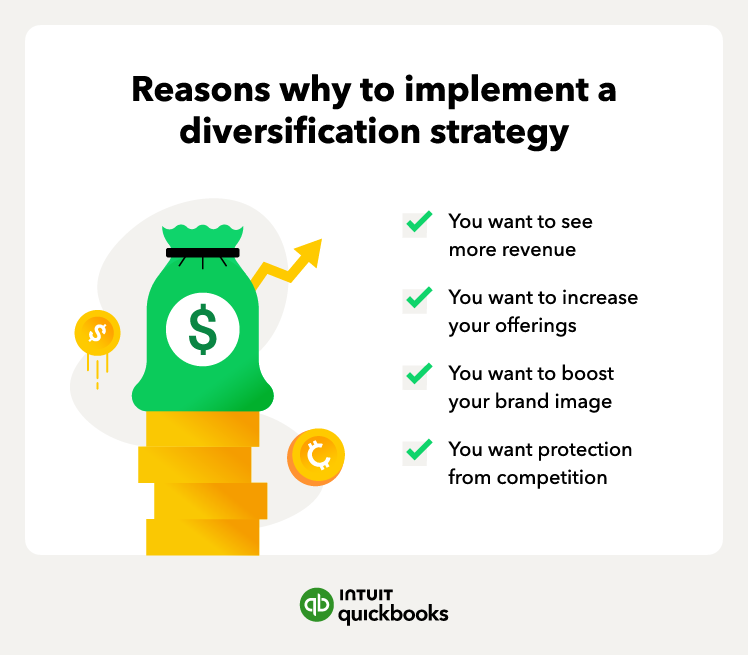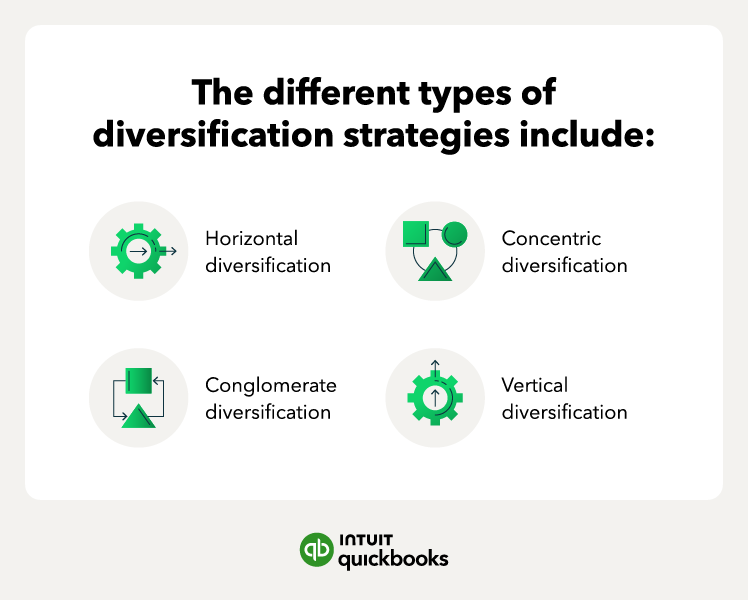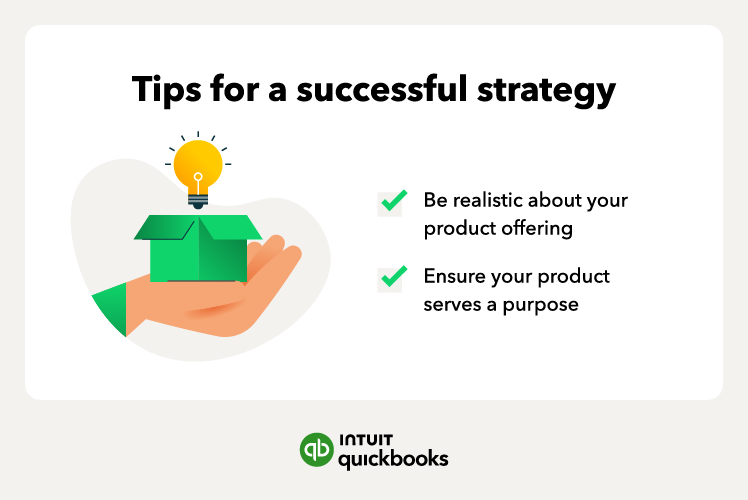Diversification strategies have been implemented by many brands and companies—some successful, some not. Here are lessons from both successful and failed strategies, along with tips to help you choose the best strategy for your company.
Be realistic about product appeal
When it comes to diversification, knowing how you stack up against competitors is important. If you’re introducing a new product that is similar to one that a bigger company also offers, you may not be successful.
For example, Virgin Atlantic airline made the decision to launch Virgin Cola in 1994, going up against cola beverage titans Pepsi and Coca-Cola. This brand switch ultimately failed as the competition was too steep and there wasn’t enough positive feedback from consumers.
Bottom line: Research market saturation.
Ensure your product has a legitimate purpose and appeal
Another tip is to ensure that the product you’re diversifying serves a purpose that has a broad enough appeal to your audience.
For example, in 2014 Google launched a new product called Google Glass, which were smart glasses with a built-in computer. However, the product was discontinued after two years due to lack of appeal, poor manufacturing, and privacy concerns.
Bottom line: Invest in proper market research.
Stay aware of potential brand clashes
It’s important to be aware of whether or not it makes sense to expand your brand into another market, since this has the potential to disrupt your original target audience.
For example, Colgate launched a line of frozen meals in the ‘80s, but the new product clashed with their original offering of dental care, didn’t receive much praise from their new customers, and ultimately flopped.
Bottom line: Avoid offerings that contradict your core purpose or values.
Prioritize operational synergy
If you plan on diversifying with new product lines, ensure that you prioritize operational synergies in manufacturing.
For example, Apple branched out from its original offering of computers to different types of electronics such as phones, watches, and tablets. This was successful because of the operational synergy they achieved—between the various product lines, Apple was able to share resources and capabilities between the market lines.
Bottom line: Utilize existing connections and resources.
Diversify and grow your business
With strategic planning and business development set in place, diversification can help you take your brand to the next level. Be sure to do your due diligence and gather the information you need before choosing the right diversification strategy for your business.
To simplify your business growth even further, be sure to utilize tools like QuickBooks to help you implement diversification and take tasks off your plate.














